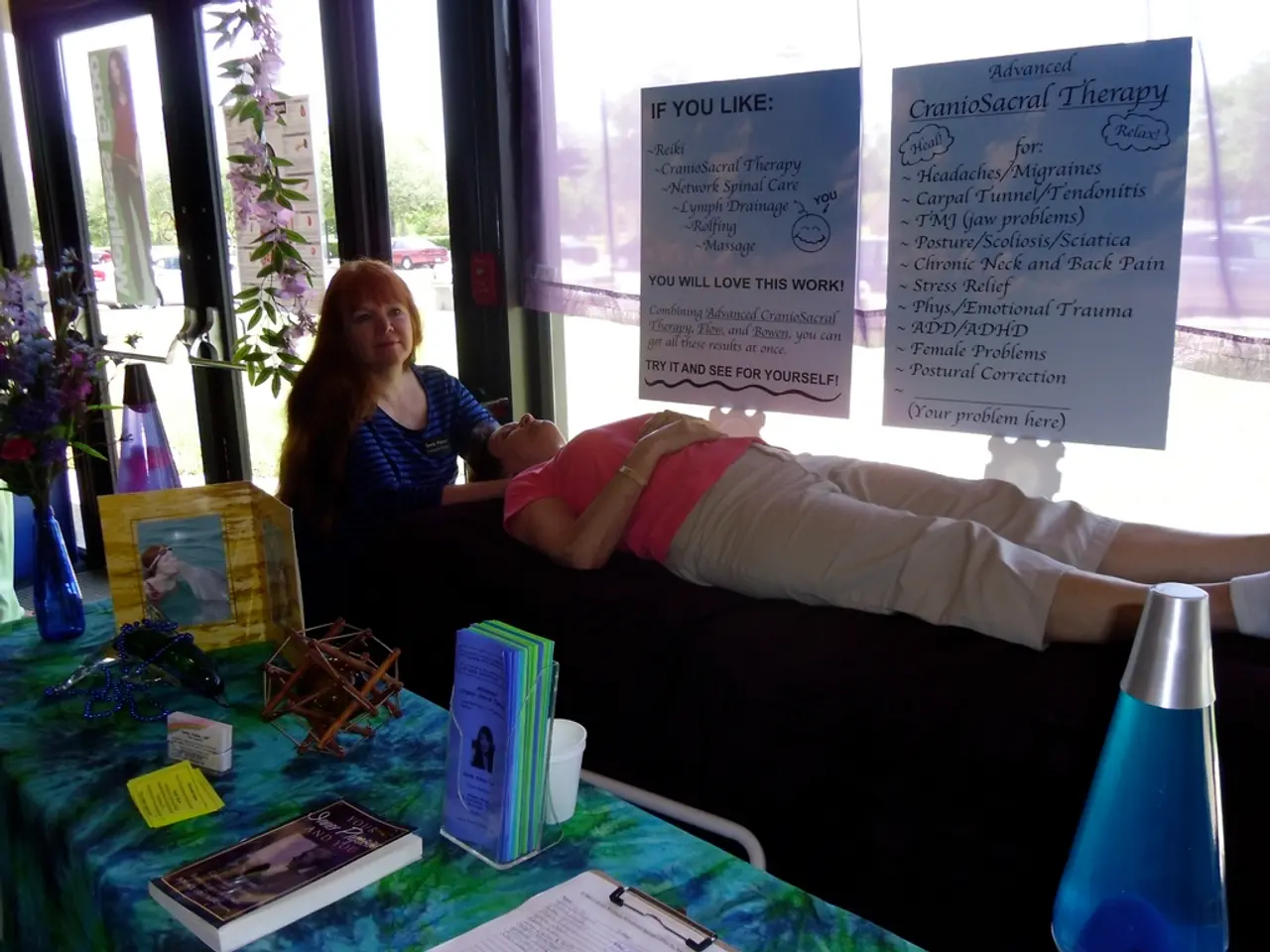Exploring the Complexities Surrounding Post-Traumatic Stress Syndrome
Post-traumatic stress disorder (PTSD) is an anxiety disorder that can arise from experiencing extremely stressful, frightening, or distressing events. This article explores the primary treatment options for individuals suffering from PTSD, as well as additional modalities and self-help strategies.
The primary treatment options for PTSD include trauma-focused psychotherapies and, in some cases, adjunctive therapies. Trauma-focused psychotherapy is considered the first-line treatment and includes several evidence-based approaches.
One such approach is Cognitive Behavioral Therapy (CBT), which addresses the relationship between thoughts, feelings, and behaviors related to trauma. Techniques include cognitive restructuring (replacing negative thoughts), stress inoculation training (relaxation techniques), and cognitive processing therapy (CPT), which challenges negative beliefs about the trauma.
Another effective therapy is Prolonged Exposure (PE) Therapy, which involves gradually and safely confronting trauma-related memories, feelings, and situations to reduce fear and avoidance behaviors. Techniques include controlled breathing and revisiting trauma-related places or memories.
Eye Movement Desensitization and Reprocessing (EMDR) is a specialized form of psychotherapy that helps individuals process distressing memories through guided bilateral eye movements or other similar stimuli, facilitating emotional healing.
Trauma-Focused Cognitive Behavioral Therapy (TF-CBT) is a specialized CBT approach aimed particularly at children and adolescents, helping them develop coping skills and correct false beliefs about their trauma.
Other therapies with some support include Written Exposure Therapy (WET), Cognitive Therapy for PTSD (CT-PTSD), and Present-Centered Therapy (PCT). Group therapy and Critical Incident Stress Management Debriefing (CISMD) provide social support and education to help reduce trauma impact.
Exposure Therapy, in general, helps patients slowly face trauma triggers to diminish fear response. EMDR is a specialized form of psychotherapy that helps individuals process distressing memories.
Treating PTSD involves a comprehensive approach that often combines psychotherapy, medication, and self-help strategies. Prazosin may be used to address nightmares and improve sleep quality in individuals with PTSD. Offering practical assistance, such as help with daily tasks, transportation, or childcare, can be valuable in supporting a friend or relative with PTSD.
PTSD can be influenced by various risk factors, including exposure to traumatic events, lack of social support, extra stress after the event, and personal or family history of mental illness. Substance use, including alcohol and drugs, can exacerbate the risk of developing PTSD.
Individual differences in brain response to stress and trauma can influence susceptibility to PTSD. PTSD encompasses various types, each characterized by specific features and manifestations. These include normal stress response, Acute Stress Disorder (ASD), uncomplicated PTSD, complex PTSD, and comorbid PTSD.
The American Psychological Association strongly recommends trauma-focused psychotherapies like CBT and related therapies as frontline treatments for PTSD. Treatment often spans about three months, with the approach tailored to individual needs, and can combine several techniques to maximize effectiveness.
In conclusion, a variety of treatment options are available for individuals suffering from PTSD. By understanding these approaches and seeking professional help, individuals can take steps towards managing and overcoming their symptoms.
Resilience can be fostered through trauma-focused psychotherapies, which are considered the first-line treatment for PTSD, helping individuals regulate their emotions and address anxiety, depression, and stress management. Cognitive Behavioral Therapy (CBT) is one such approach, focusing on the relationship between thoughts, feelings, and behaviors related to trauma, using techniques like cognitive restructuring, stress inoculation training, and cognitive processing therapy. Prolonged Exposure (PE) Therapy is another effective therapy, helping individuals gradually confront trauma-related memories, feelings, and situations to reduce fear and avoidance behaviors. Eye Movement Desensitization and Reprocessing (EMDR) is a specialized form of psychotherapy that utilizes guided bilateral eye movements or similar stimuli to help process distressing memories and facilitate emotional healing. Self-help strategies, such as offering practical assistance to a friend or relative with PTSD, can also support emotional well-being. The American Psychological Association recommends trauma-focused psychotherapies like CBT and related therapies as frontline treatments for PTSD, with personalized treatment spanning about three months, and combining several techniques to maximize effectiveness.
Individuals with mental health issues, including PTSD, can find solace in various modes of help, from scientifically-backed mental health treatments to self-help strategies rooted in health-and-wellness practices, such as mindfulness. Mental health is not a sign of weakness but a crucial aspect of overall well-being, requiring focus, emotional regulation, and openness to seek help when needed.




